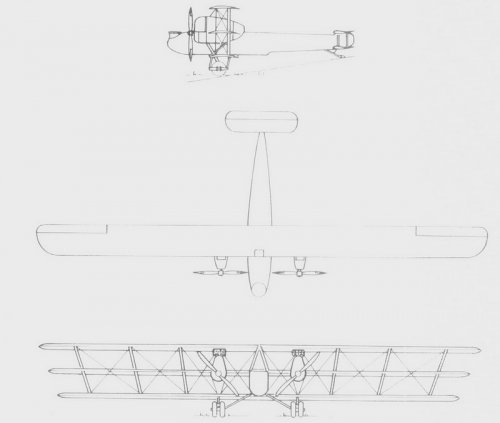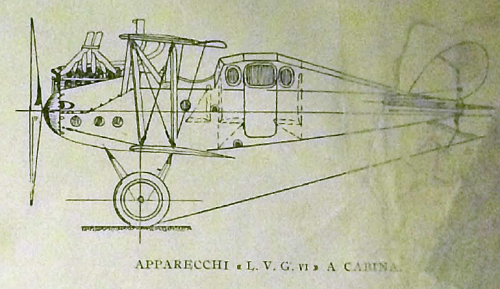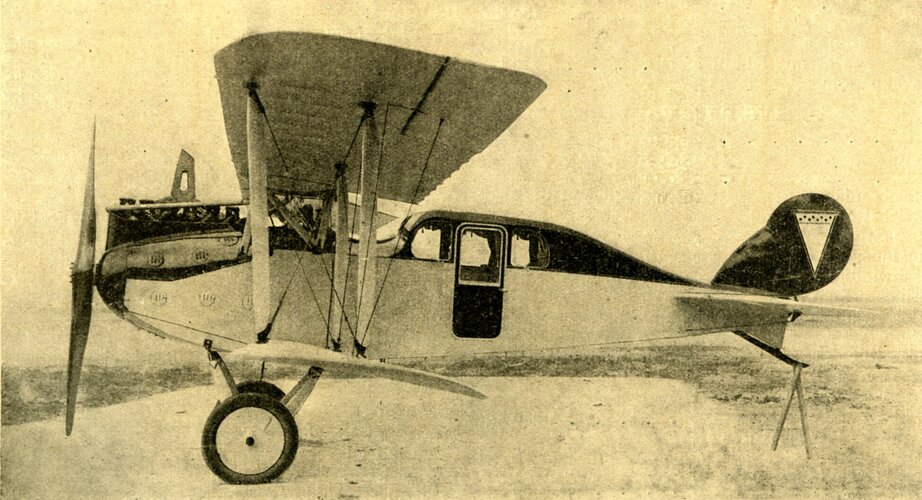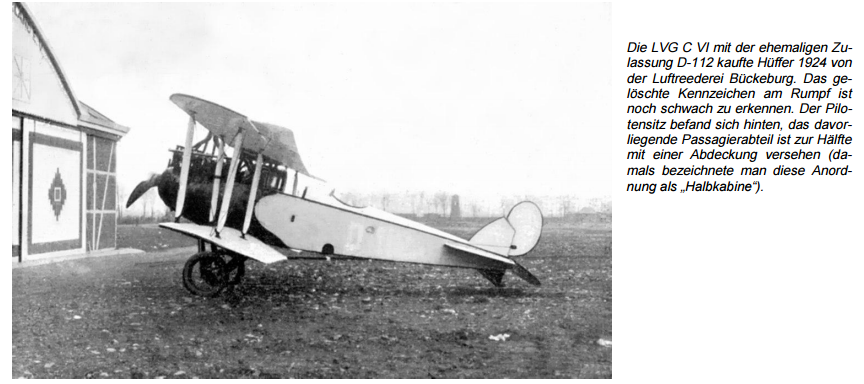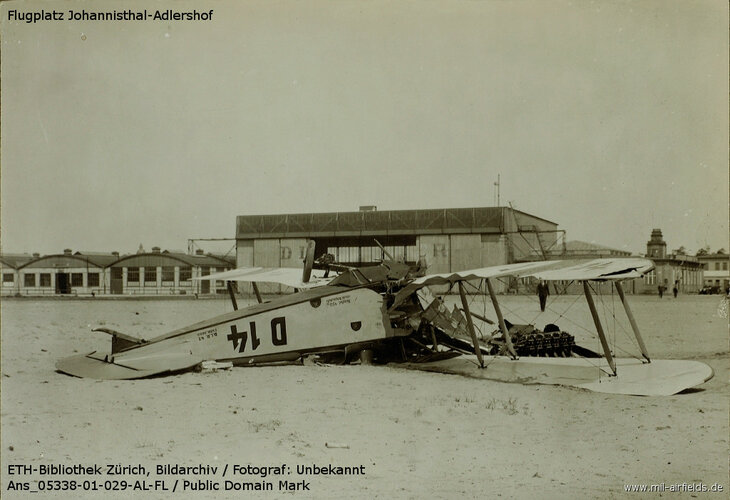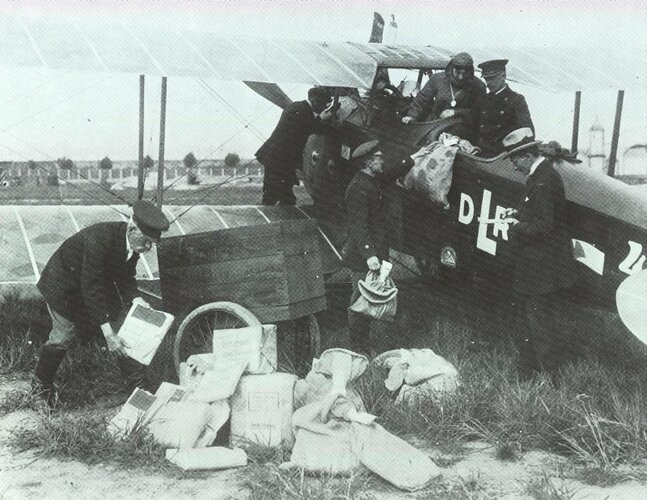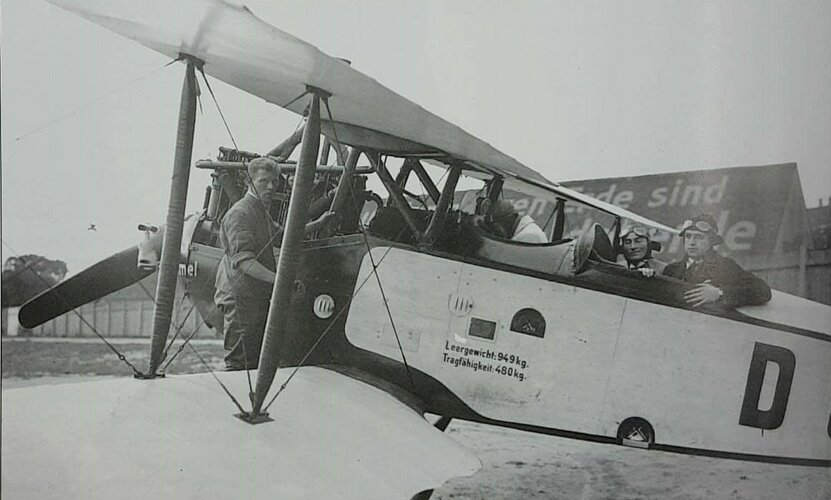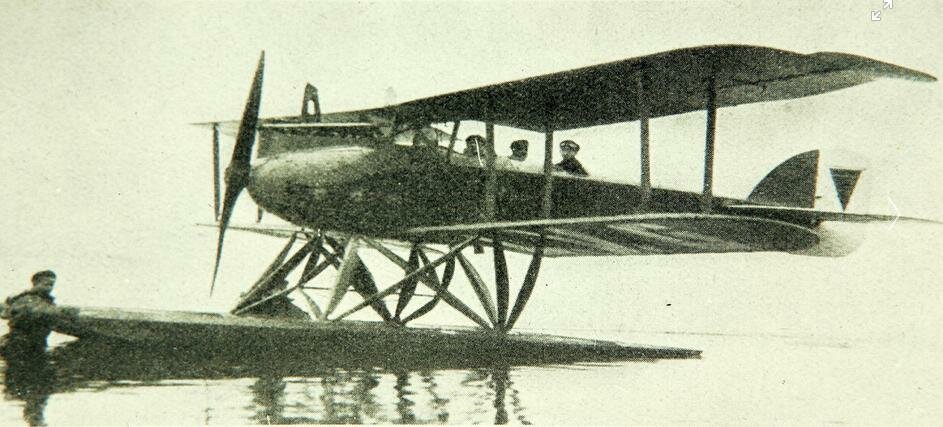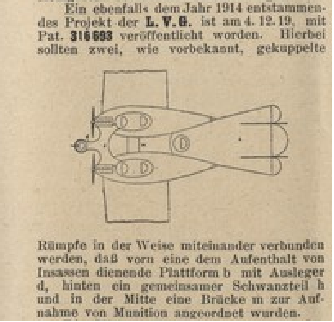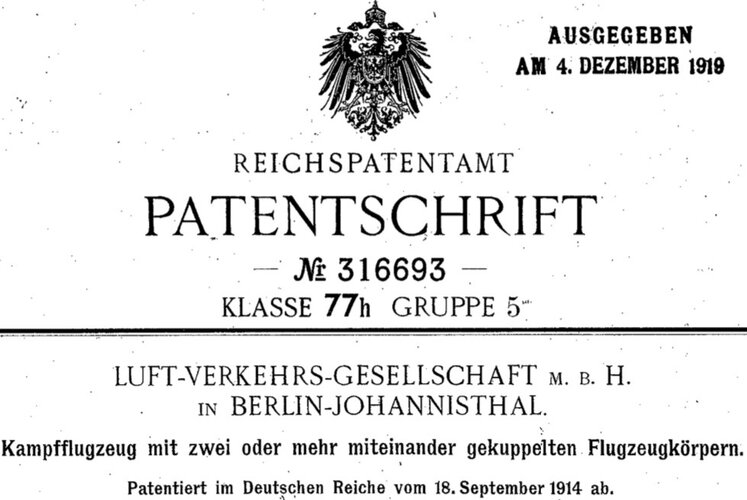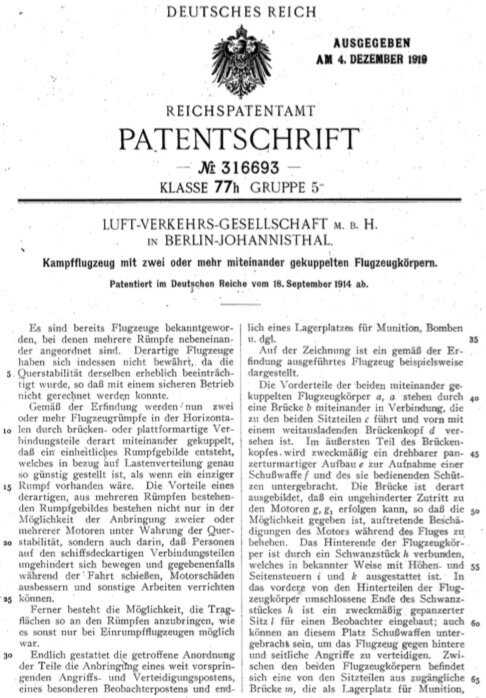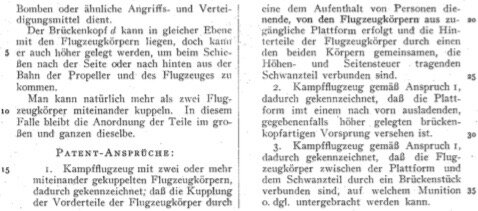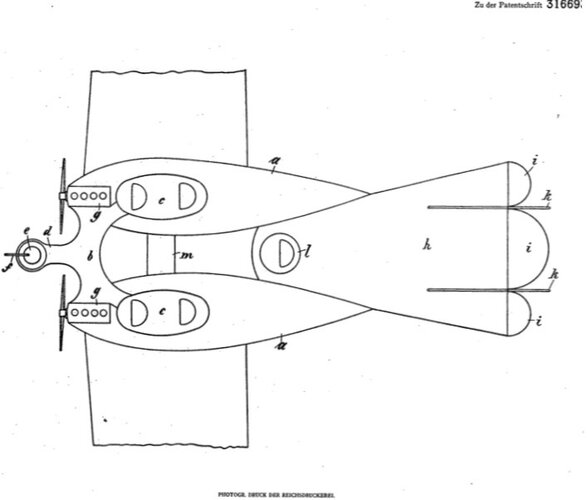- Joined
- 11 March 2006
- Messages
- 8,621
- Reaction score
- 3,771
The LVG was ordered in 1917 to develop a "Großflugzeug" (large aircraft) in tri-plane
configuration, because it was hoped to increase climbing performance and maximum
ceiling this way. The aircraft was finished just shortly before the armistice and the company
was thinking about a civil use then. Quite modest the carriage of just 3 passengers in a
cabin was intended and a fourth one in the open seat of the navigator (half price ticket ? )
)
Designated G III, the aircraft had two Maybach IVa engines, a length of 10.25 m, span of
24.5 m, take-off weight of 4,100 kg and a range of 600 km. Fate of the only prototype,
probably unflown, is not known.
(Drawing and data from Wolfgang Wagner "Der deutsche Luftverkehr - Die Pionierjahre 1919 - 1925" )
configuration, because it was hoped to increase climbing performance and maximum
ceiling this way. The aircraft was finished just shortly before the armistice and the company
was thinking about a civil use then. Quite modest the carriage of just 3 passengers in a
cabin was intended and a fourth one in the open seat of the navigator (half price ticket ?
Designated G III, the aircraft had two Maybach IVa engines, a length of 10.25 m, span of
24.5 m, take-off weight of 4,100 kg and a range of 600 km. Fate of the only prototype,
probably unflown, is not known.
(Drawing and data from Wolfgang Wagner "Der deutsche Luftverkehr - Die Pionierjahre 1919 - 1925" )

